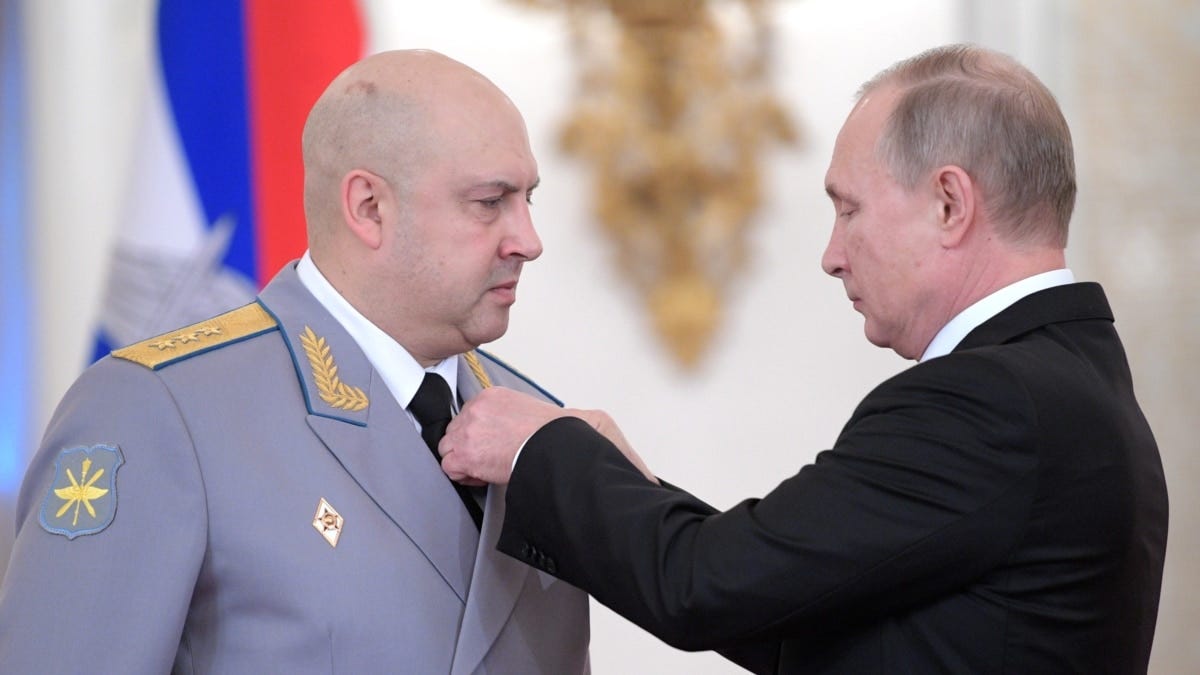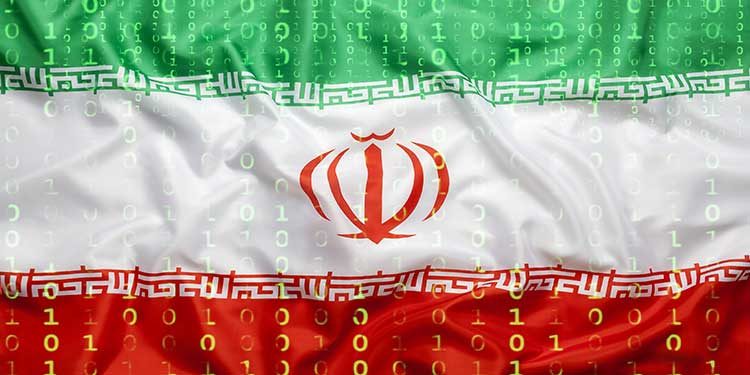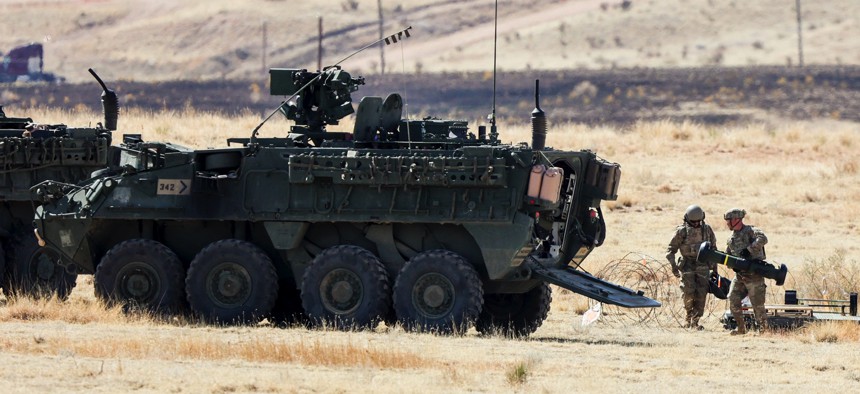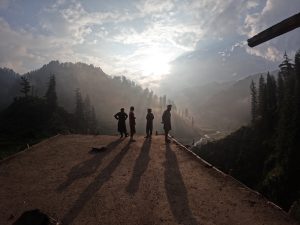Nikhil Kumar and Alex Leeds Matthews
:quality(100)/cloudfront-us-east-1.images.arcpublishing.com/thesummit/PCAOWMSTANH2BAXLIHUIYZBKKY.jpg)
“Don’t make the mistakes that we’ve already made in the past.”
That was U.S. Climate Envoy John Kerry last month, warning resource-rich African nations to think twice before investing in long-term fossil fuel projects.
But what Kerry calls mistakes helped power the West’s growth. So why not ours? That’s the question being asked by many poorer countries with newly discovered energy resources in Africa and beyond. The West’s attempts to find alternatives to Russian oil have only made this debate more urgent, as the Ukraine War forces everyone — rich and poor — to rethink the costs and benefits of exploiting fossil resources as the planet warms.
Indeed, the reality of climate change is already setting in with horrific effect, triggering crushing droughts and devastating floods across Africa and beyond. It’s why Kerry, speaking on the sidelines of a summit with African environment ministers in Senegal, added that the priority now was to “be as green as possible.”
:quality(100)/cloudfront-us-east-1.images.arcpublishing.com/thesummit/E3KUSPF2FFCITC4D7VWW5TQAMI.jpg)

/cdn.vox-cdn.com/uploads/chorus_image/image/71439588/AP22268767574855a.0.jpg)






